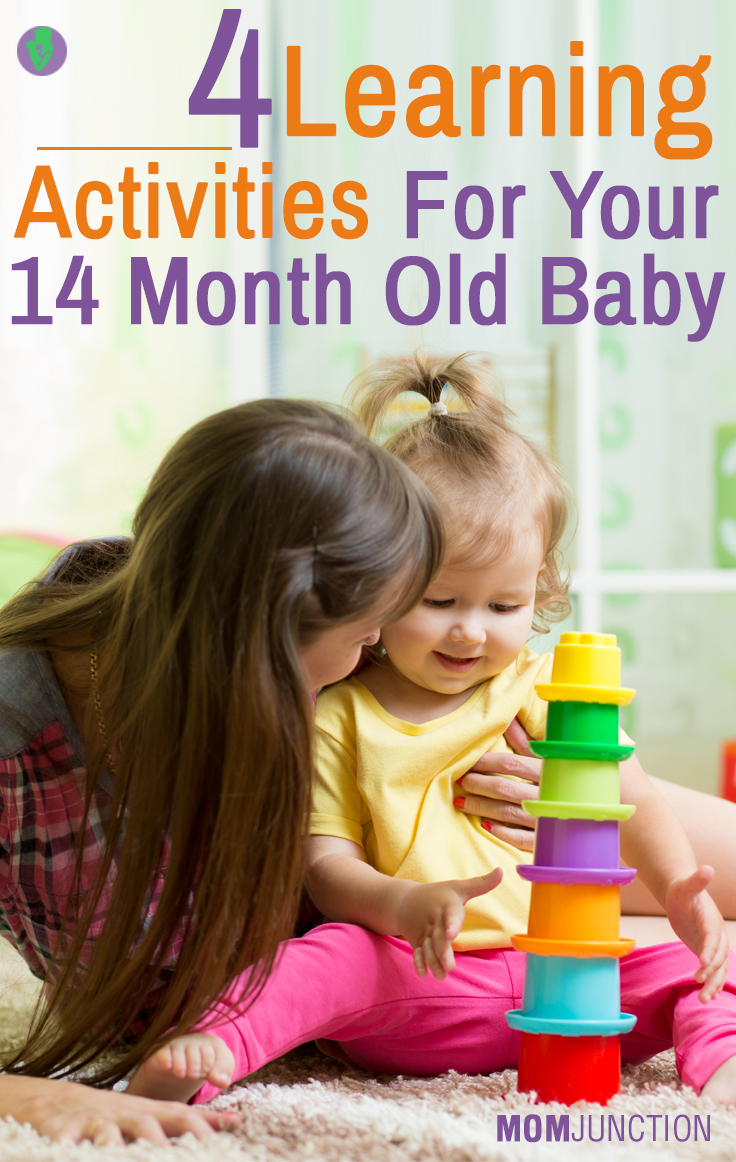
The preoperational stage of Jean Piaget's theory spans from 2 to 7 years. A space that encourages movement: Pikler triangle, baby gyms, and tummy time matsĢ.Things of different shapes and sizes: foam blocks with a variety of shapes.Things that make different sounds: whistles, bells.Different textures and fabrics: Corduroy, velvet, denim, papers, sandpaper, and bubble wrap.
Type to learn 4 play full#
It is important to provide children with a rich environment full of objects they can interact with that incorporate all of their senses. during this stage, children learn through their five senses and movement and exploring their environment.Ī good way to encourage development during this time is by giving children sensory play with sensory bins with different textures and playing with different activities that make different sounds. The sensorimotor stage of Jean Piaget's theory spans from birth to 2 years.

The sensorimotor stage (birth to 2 years) The stages are broken down by age from birth to 2 years, 2 to 7 years, and 7 to 11 years at 11 through adult. Piaget’s research led him to build his theory on four stages of cognitive development based on how children play, including the sensorimotor stage, the pre-operational stage, the concrete operational stage, and the formal operational stage.

The Stages of Cognitive Development are found in Jean Piaget’s research. Piaget developed his theory using his observations of his children and developed a theory of cognitive development that focused on the stages of play that children go through. Once he had his children, he started making observations of how they grew and how they played. During his time, children were more viewed as small adults, so the idea that children and adults thought differently was revolutionary. He started thinking that these answers showcased the difference between adult thinking and child thinking. He became fascinated with why children gave the wrong answers to the questions and what their logic was behind it. Piaget's Stages of Play: How Piaget Developed the TheoryĪt the beginning of his career, Jean Piaget was developing questions for a French version of the English intelligence test.

But children should get regular play throughout their day, not just in one long session. Some studies suggest that children should get 3 hours a day of outdoor play. In today's world, it often feels like there's no time for downtime for anyone, including children.īetween parents working, after-school activities, and homework finding time for children to have some downtime can feel like an impossible juggling act. It also helps them to build problem-solving skills and develop resiliency that will help them well into their adult life. They also get to conquer their fears and deal with any difficulties they are facing in their life. Play allows children to use their creativity and imagination to strengthen their physical bodies and brain.ĭuring play, children get to take on roles of adults like playing family or playing restaurant. Play helps children develop in their brains' cognitive, social, physical, and emotional areas. It is so important that the United Nations has recognized that play is the basic human right of every child.

Play is important to promote healthy child development. Unfortunately, in today's society and lifestyles, there is not enough time for children to play. I could give you many more examples of famous child psychologists and education experts saying the child's work is play.īecause play is that important. She said, “ Play is the work of the child.” Wait, didn't Maria Montessori say something like that? But for children, play is serious learning.” Rogers said, “ Play is often talked about as if it were a relief from serious learning. That’s the famous quote, but who said it? That's right, Jean Piaget. Play is any activity this is not required that you do just for your self-enjoyment. When you think of play, you probably think of a boy pushing cars or a girl digging in the sand, but what is play really? While Jean Piaget’s Theory of Play is closing in on its one-hundredth anniversary, it is still used in education and psychology to understand the stages of children’s development.Īnd I can help you to understand your child's development so that you can support their play in a way that helps them grow.
Type to learn 4 play how to#
How can a theory published in 1936 still help you to understand your children and how to encourage them through their cognitive development? This post may include affiliate links and I may earn commission if you make a purchase through these links.


 0 kommentar(er)
0 kommentar(er)
